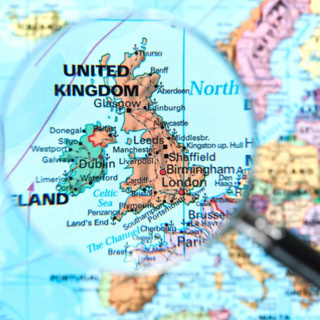Om avsnittet
After nearly five years in power, the strains inside the second Gladstone government were beginning to show. Indeed, both main parties were having trouble, above all with their respective awkward squads. The Radicals in the Liberal Party were always demanding more and greater reform. Meanwhile, the ‘Fourth Party’ launched inside the Conservatives by Lord Randolph Churchill (father of the more famous Winston) demanded more ‘Tory democracy’, though it’s not clear what that meant, except that it always seemed to lead to the political progress of Churchill himself. With the Reform Act of 1884 as its only major accomplishment, Gladstone’s government staggered on towards its end. Both main parties realised that the Irish MPs would be crucial to the formation of a new government after the next election, the first to be held on the basis of the extended electorate brought in by the Reform Act, and both were therefore courting Parnell. He, indeed, worked with the Tories to bring down Gladstone in a Commons vote on a financial question. Then, with Salisbury leading a minority government to cover the time until the new electoral register was complete and an election could be held, Parnell took part in negotiations with both sides, in the hope of advancing his cause of Irish Home Rule. That led to a lot of secret negotiations hidden behind a veil of universal dishonesty. The consequence was that Home Rule was now firmly back on the political agenda. It would be the great issue of the next couple of years. Which, in turn, would make it the determining factor in convulsions about to rock the British political system. Illustration: Lord Randolph Churchill by Harry Furniss.National Portrait Gallery 3559Music: Bach Partita #2c by J Bu licensed under an Attribution-NonCommercial-No Derivatives (aka Music Sharing) 3.0 International License.

